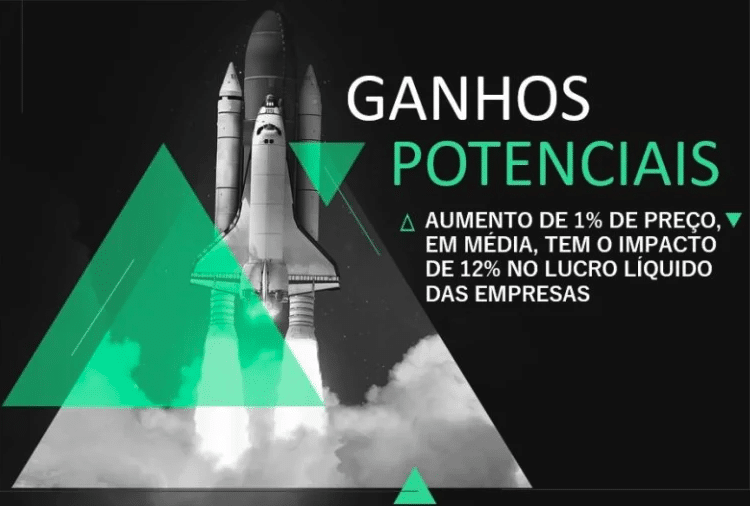Can we differentiate between texts made by humans and texts made by AI?
The evolution of artificial intelligence models to simulate language brings up several important discussions. While many benefits are being presented, there is also a growing fear of electronic fraud, such as identity theft and the mass creation of texts in order to cause damage to people and companies.
Imagine that a malicious person could easily train an AI model that simulates the way you write in order to try to fool the people you live with. It would be the evolution of Whatsapp fraud, training robots that can individualize mass messages.
The benefits are also vast and powerful. Imagine the rapid development of CRM, guaranteeing, for example, more assertive communication, delighting the customer with extreme personalization. With the growing interest on the part of companies, the positive side of language models will evolve at an unprecedented speed.
The question that remains is: Can we currently differentiate between robotic texts and human texts? The answer is yes.
A study led by Chris Callison-Burch has shown that not only can people identify text made by AI, they can be trained to increase the efficiency with which they differentiate between texts. Data from an online game where players are challenged to find at what point a given text stopped being written by a human being and started being written by AI was analyzed.
Source: Real or Fake Text?: Investigating Human Ability to Detect Boundaries Between Human-Written and Machine-Generated Text



